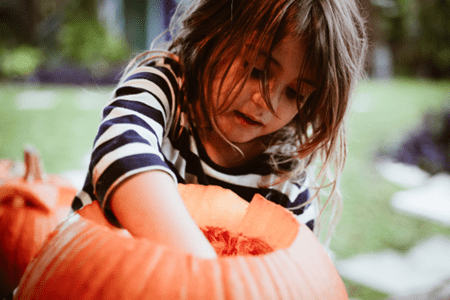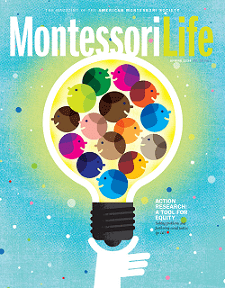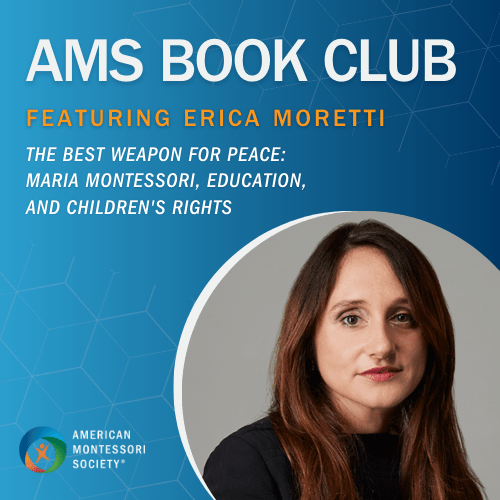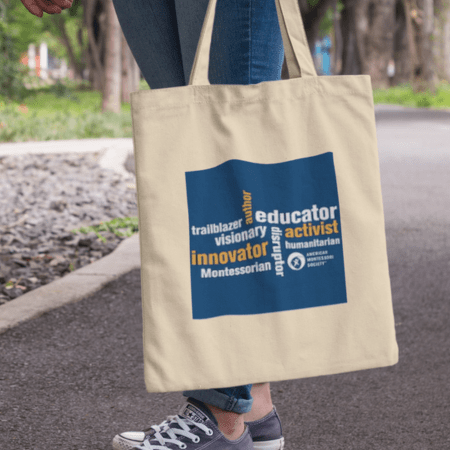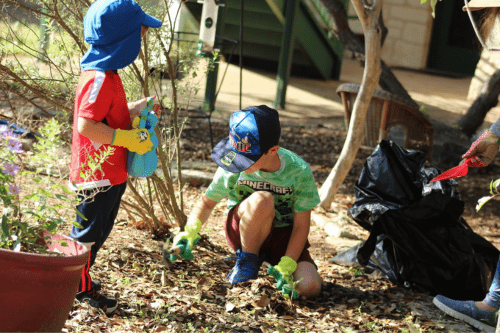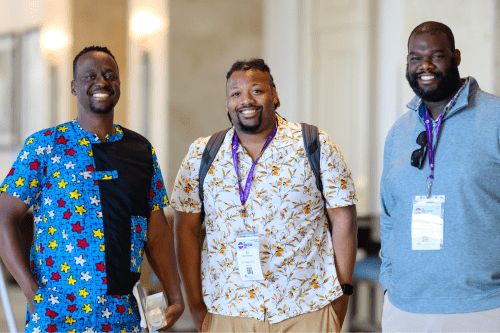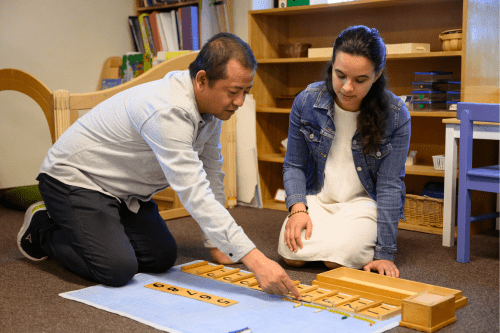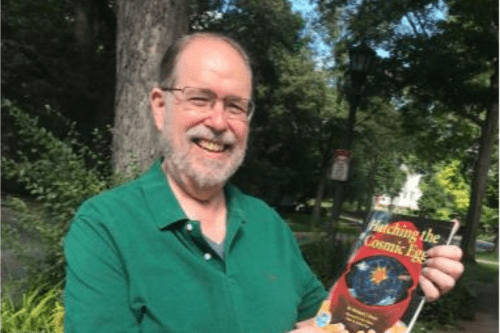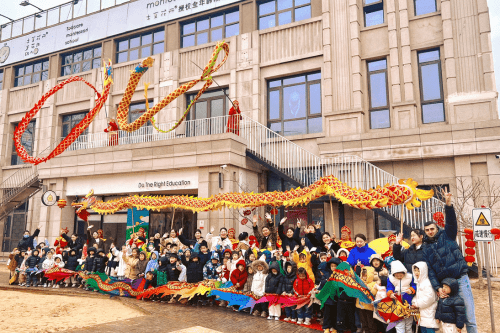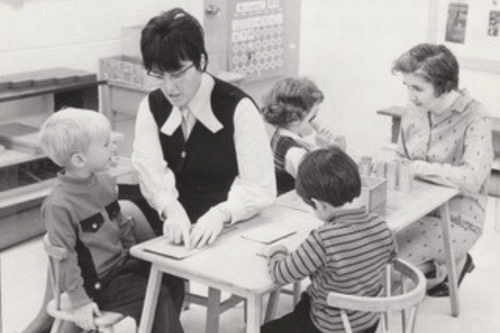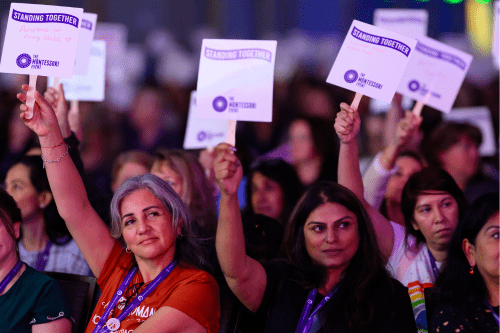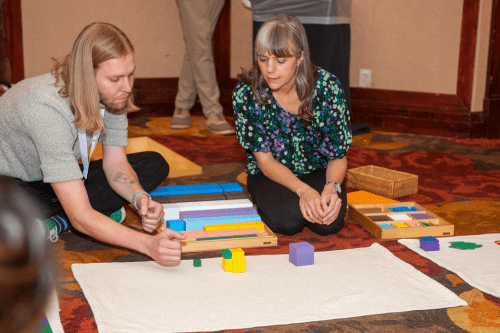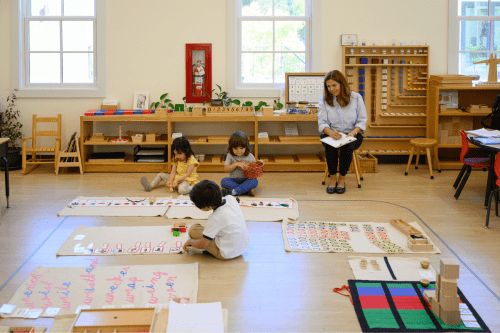9 Ways to Approach Halloween in a Montessori Environment
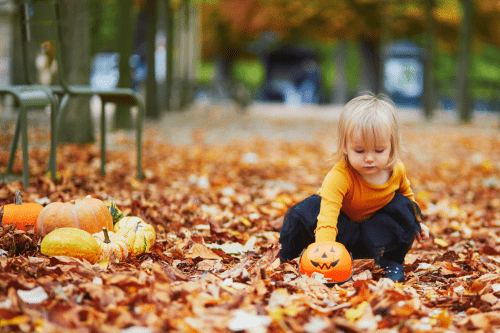
Halloween is a historical and cultural event. The tradition traces its roots to the ancient Celtic festival of Samhain, a pagan religious celebration to welcome the harvest, when people would light bonfires and wear costumes to ward off ghosts. Over time, Halloween has shifted into a community-centered cultural event with festivities including trick-or-treating in elaborate costumes, carving jack-o-lanterns, and relishing sweet treats.
Yet, some families prefer that their children do not participate in Halloween-related activities. Faculty and staff wish to honor that although Halloween is a fun tradition for many, it is not celebrated by everyone for various reasons.
So, is there a way to approach Halloween in a Montessori classroom that demonstrates respect for everyone?
Absolutely!
Here are Nine Ways to Approach Halloween in a Montessori Classroom that Respects All Children and Families and Their Beliefs:
- Encourage Research - For children who are interested, allow them to research Halloween’s origins and how the holiday’s meaning has changed over time. This is a great option for an Elementary student or an adolescent who likes history or customs. Here is one great resource for more information on the history of Halloween students may enjoy exploring.
- Study the Festivals of Other Cultures - Other children might be interested in learning more about the fall festivals of other cultures. They could be encouraged to research ancient traditions including the Mid-Autumn Festival, one of the largest celebrations in Mainland China and East Asia, exploring Hanfu, the historical dress, and other ceremonial customs. They could also explore Dia de los Muertos, discovering how Mexican culture demonstrates love and respect for deceased family members by holding parties and parades, singing and dancing, and donning makeup and costumes. Although it occurs at a separate time of year, children may also enjoy learning about Carnival, a Roman Catholic celebration that includes many special traditions such as masked balls, elaborate costumes, and parades.
- Showcase Historical Presentations - In lieu of allowing Halloween costumes in the classroom for older students, consider hosting historical presentations where each child chooses a person from any time period in history to research. They create a presentation based on their findings and then invite their parents into the classroom where they each present a short speech in character and costume. Another fun take on this activity is called “Mystery History” where students share their research, but not their identity, and parents then guess who it is each child has represented.
- Encourage Conversations about the Biases and Stereotypes of Costumes - Many Halloween costumes are a form of cultural appropriation and racism. Children don costumes based on outdated characters or cultural stereotypes like belly dancers or ninjas. Facilitating a conversation with older students about the racially and culturally insensitive underpinnings of Halloween costumes can bring real depth in the classroom, helping to ensure that students are not trivializing another culture or playing on stereotypes of marginalized communities. Furthermore, these conversations can also empower students to seek social justice, as they work to ensure others are not wearing racially or culturally insensitive Halloween costumes either.
- Host a Storybook Character Parade - Many children love dressing up for Halloween. Host a storybook character parade where each student comes dressed as their favorite character from a story book. Invite parents to the school to enjoy watching all of the students (and their teachers) parade in and around the campus.
- Develop Intentional Extensions - Introduce new and exciting extensions such as studying the decomposition of pumpkins, exploring the density of various parts of a pumpkin, or developing a unique cards and counters material using pumpkin seeds.
- Study the Parts of a Pumpkin and/or the Life Cycle of Pumpkins - Add age-appropriate materials on the shelves for children to learn about the parts of a pumpkin and the life cycle of pumpkins such as three-part cards and books. You can even introduce gardening and provide students the opportunity to grow pumpkins inside a pumpkin!
- Focus on Practical Life - Introduce activities like pumpkin carving, pumpkin washing, roasting pumpkin seeds, making pumpkin bread, making applesauce, and making apple cider.
- Plan a Field Trip or Going Out Experience - Visit a local farm, orchard, or pumpkin patch, particularly those that offer opportunities for children to engage in apple or pumpkin picking and offer samples of apple cider for them to enjoy.
Celebrations can play a very important role in children’s lives. These are just a few ideas of how one might celebrate Halloween and the autumn season in a Montessori classroom in a way that honors each child’s desire to learn about and engage in these fun traditions while simultaneously demonstrating respect for all.
About the Author

|
Heather White, EdS, is a Montessori coach and consultant, content creator, and educator for adult learners, as well as a moderator and manager for the Montessori at Home (0 – 3 years) Facebook group. Formerly, she was a Montessori teacher, in-home caregiver, Lower Elementary coordinator, and associate head of school. She also has experience as a school psychologist intern. She is AMS-credentialed (Early Childhood, Elementary I) and is a Nationally Certified School Psychologist (NCSP). Contact her at hpratt@stetson.edu. |
Interested in writing a guest post for our blog? Let us know!
The opinions expressed in Montessori Life are those of the authors and do not necessarily represent the position of AMS.


